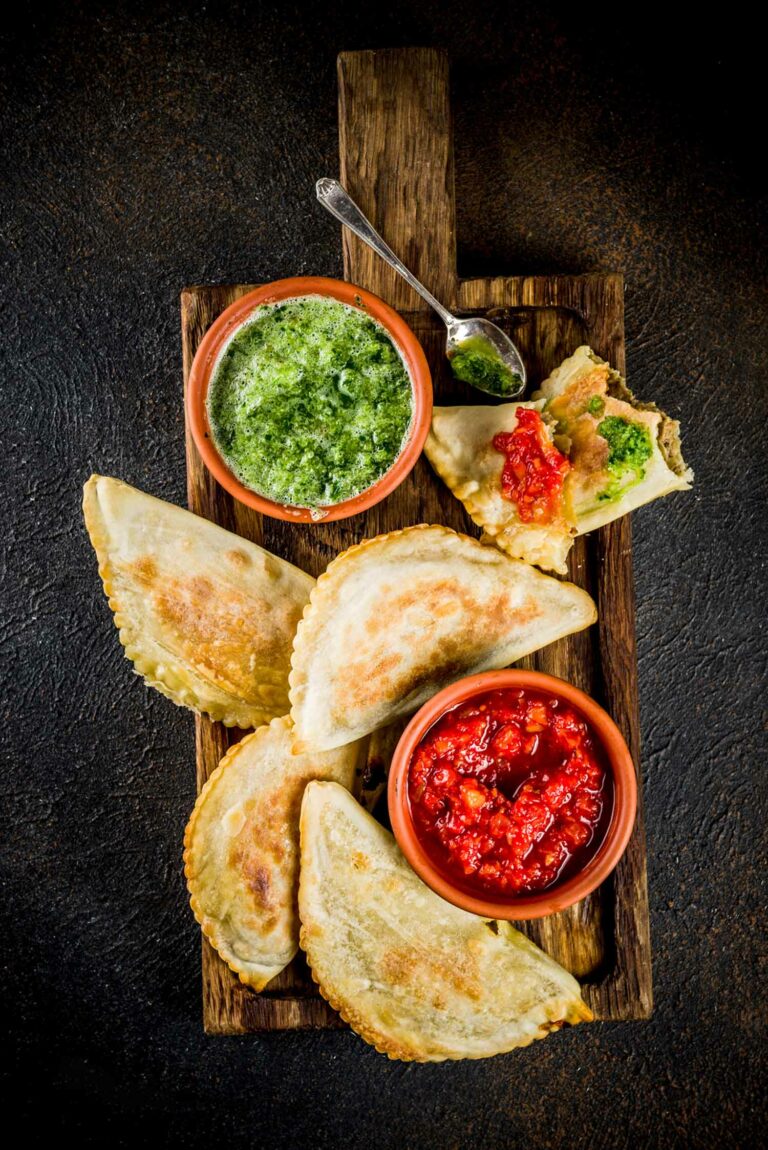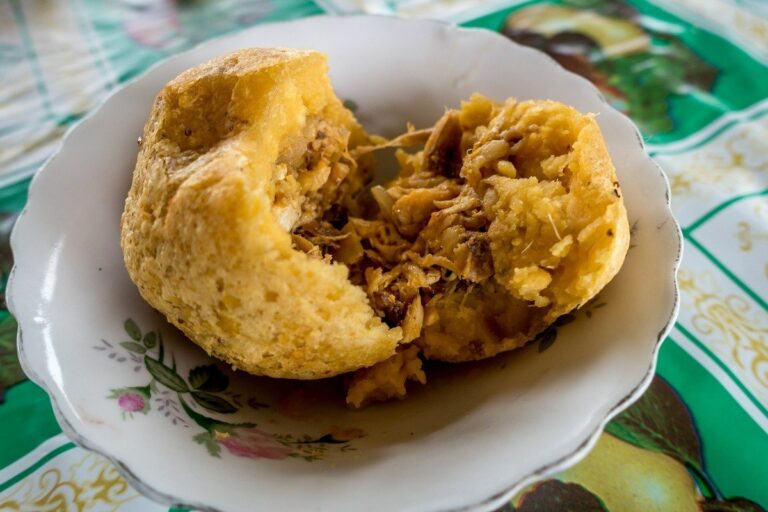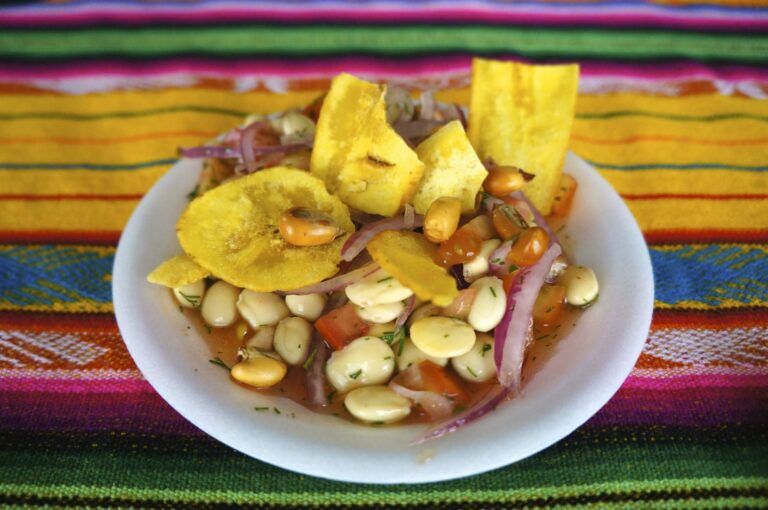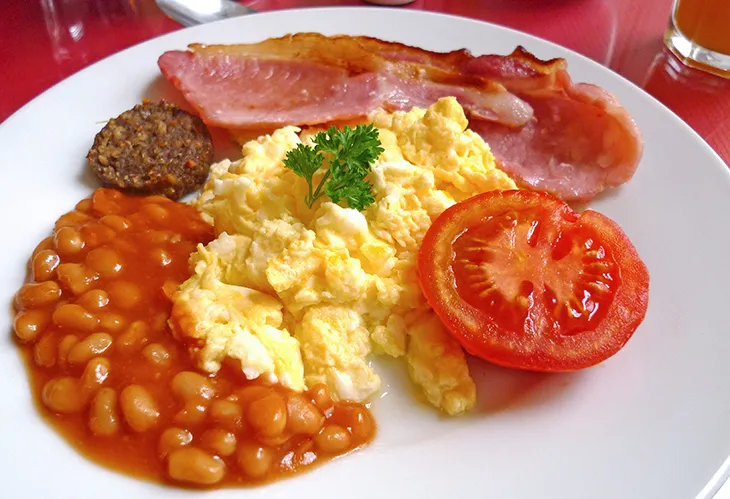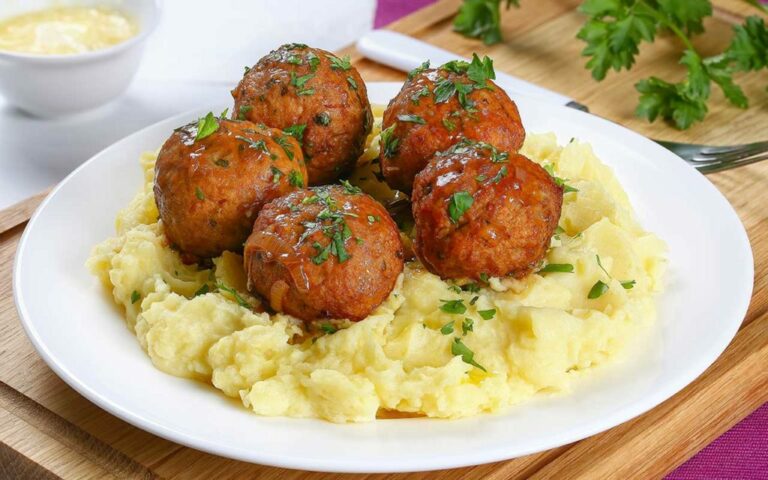Introduction
Bolivia is a country rich in biodiversity, where the Andean mountains meet the Amazon rainforest. Its cuisine reflects this diversity, combining indigenous ingredients with Spanish and African influences. Some of Bolivia’s most popular dishes are made with local ingredients like quinoa and potatoes.
Quinoa: the Andean staple crop
Quinoa is a superfood that has been cultivated in the Andean region for thousands of years. It is a complete protein, high in fiber, and packed with essential nutrients. In Bolivia, quinoa is used in a variety of dishes, from breakfast porridge to savory stews.
Traditional Bolivian quinoa dishes
One of the most famous Bolivian quinoa dishes is quinoa soup, or chuño phuti. It is made with quinoa, potatoes, onions, garlic, and herbs, and often served with a side of roasted corn. Another popular dish is quinoa salad, or solterito. It is a fresh and colorful salad made with quinoa, tomatoes, onions, cheese, and rocoto peppers.
Potatoes: a versatile ingredient
Potatoes are another staple of Bolivian cuisine. Bolivia is home to over 4,000 varieties of potatoes, each with its own unique flavor and texture. Potatoes are used in a variety of ways in Bolivian cooking, from mashed potatoes to fried potatoes.
Popular Bolivian potato dishes
One of the most famous Bolivian potato dishes is papas a la huancaina. It is made with boiled potatoes, a creamy sauce made with queso fresco and ají amarillo peppers, and garnished with olives and boiled eggs. Another popular dish is pique a lo macho, a hearty and spicy dish made with fried potatoes, beef, onions, and ají amarillo peppers.
Combining quinoa and potatoes in Bolivian cuisine
In Bolivia, quinoa and potatoes are often combined in dishes like papa rellena. It is a stuffed potato dish made with mashed potatoes, ground beef, onions, and hard-boiled eggs, and often served with a side of quinoa. Another dish that combines quinoa and potatoes is puchero, a hearty stew made with beef, potatoes, carrots, corn, and quinoa.
Other local ingredients in Bolivian dishes
Bolivia is home to a variety of other local ingredients that are used in traditional dishes. These include chuño, a freeze-dried potato that is used in soups and stews, and ají amarillo, a yellow chili pepper that is used to add heat and flavor to dishes like ceviche and pique a lo macho.
Conclusion: exploring Bolivian cuisine
Bolivian cuisine is a rich and diverse combination of indigenous and Spanish influences, with a focus on local ingredients like quinoa and potatoes. Whether you’re trying quinoa soup for the first time or indulging in a plate of papas a la huancaina, Bolivian cuisine is sure to delight your taste buds and leave you wanting more.


